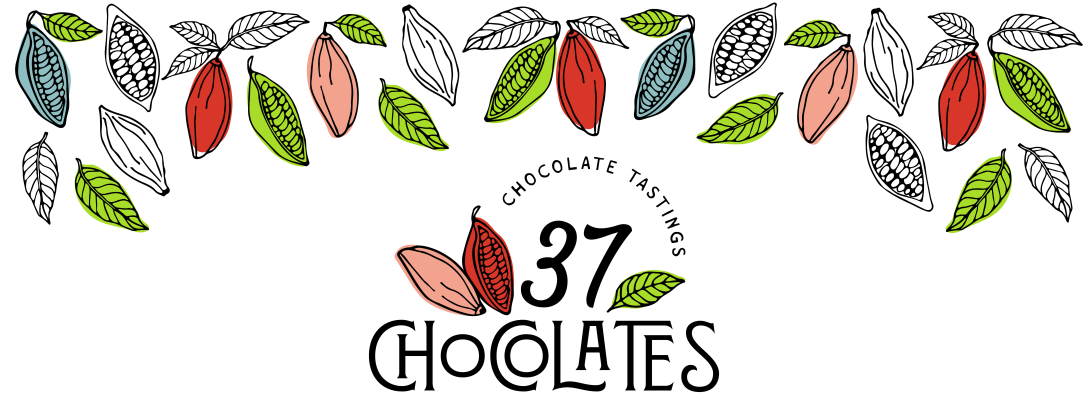
As we near the fourth anniversary of the 37 Chocolates challenge, I find myself reflecting on my chocolate journey. From its early days, that journey has been intertwined with my role as a mother. After my second daughter was born, I returned to the corporate job that I’d had for years. I lasted 14 months. I was unhappy, I didn’t belong there anymore. I wish I could say it was easy to leave. It wasn’t. I agonized for months over I’d do next. I was scared of the unknown so I bought myself time. We changed my job title. I looked for other jobs. During that time, I kept looking at my baby. I felt so guilty be such a sorry version of a grown up. What was the point of bringing this baby into the world if my choices conveyed there was nothing more to aspire in life than pay bills and wallow in self-pity? I had to do better — for her and for me.
Ultimately, my body called it quits. I left the job, released the first version of my food survival for French expats in the US, and spent the rest of the summer shooting chocolate reviews with an iPhone laid on an upside down box of diapers. I won’t say “the rest is history” but it was the beginning of a new life.
Chocolate isn’t “just” chocolate for me. It’s a vehicle to find meaning in life and show my children how you can craft your own path and create a life you’re proud of. Sharing bars with my kids is one of my life’s joy. It’s a reminder of the life choices I made to be a better role model. A happy parent. A better adult. May they see it. May they remember it.




 Before the “37 Chocolates” challenge, all I really knew about chocolate was that it was made from cacao beans grown in faraway countries and that making it was a labor-intensive process. That was about it. As the challenge unfolded, I have learned interesting, puzzling, sometimes disturbing facts about cacao and chocolate that I’d like to share with you today.
Before the “37 Chocolates” challenge, all I really knew about chocolate was that it was made from cacao beans grown in faraway countries and that making it was a labor-intensive process. That was about it. As the challenge unfolded, I have learned interesting, puzzling, sometimes disturbing facts about cacao and chocolate that I’d like to share with you today.














